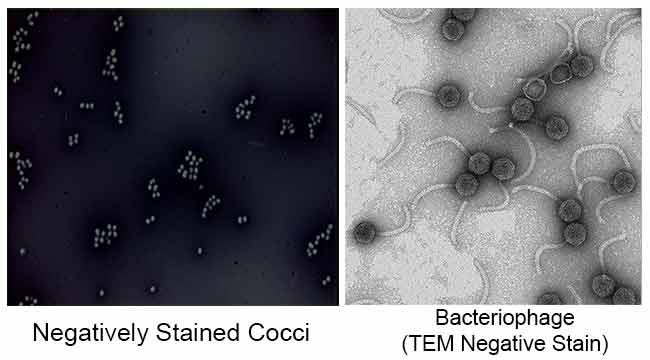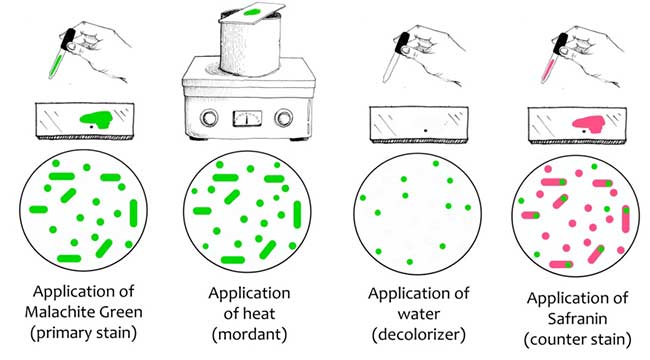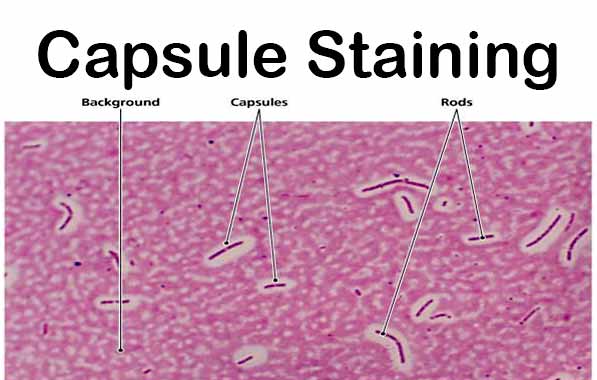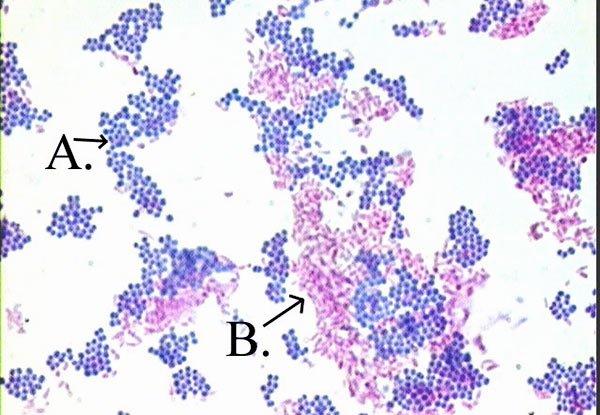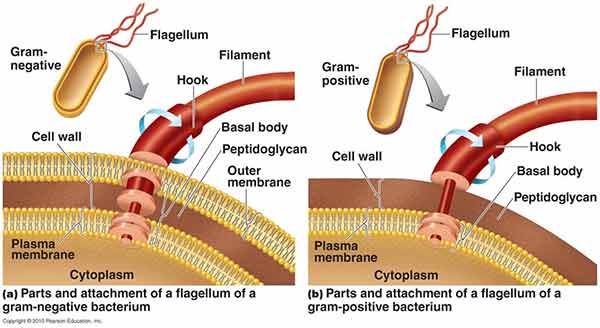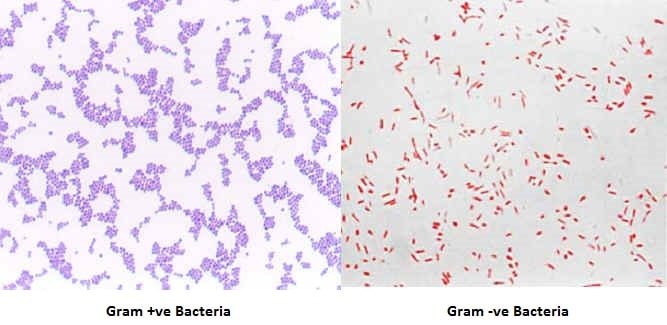Negative Staining- Principle, Reagents, Procedure and Result
The main purpose of Negative staining is to study the morphological shape, size and arrangement of the bacteria cells that is difficult to stain. eg: Spirilla. It can also be used to stain cells that are too delicate to be heat-fixed. It is also used to prepare biological … Read more

